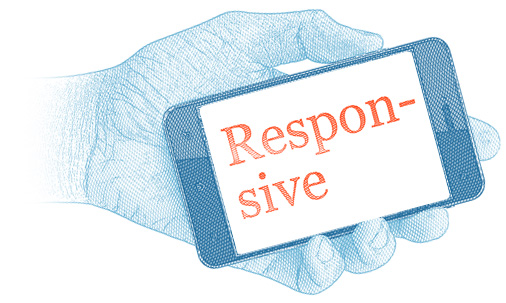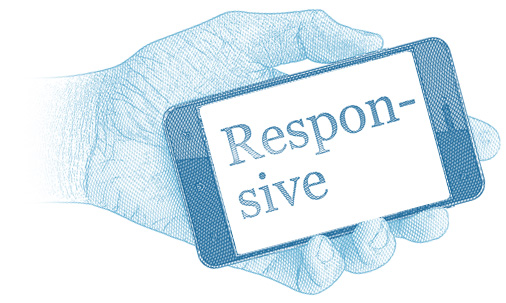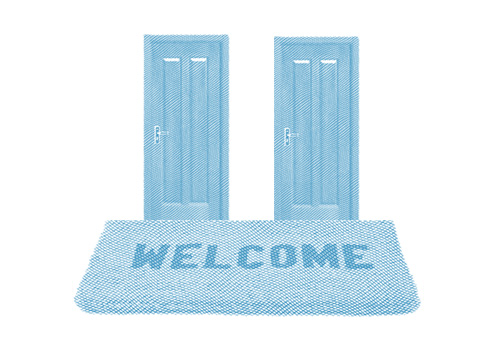

In order to have a successful and engaging website, it should have a simple and clear message
that all visitors can understand. The harsh truth is that if you build a website for everyone,
it will appeal to no one. It is important to be extremely focused about your audience and cater
your design and content to it. Ideally, you’ve created buyer personas and so know who you’re selling
to and what they want.
Does this mean you should ignore your other users? Not at all.
Your website should be accessible by all and not offend or exclude anybody. However, the website
does need to be primarily aimed at a clearly defined audience.


The main function of your website is to convey relevant content to your visitors and help them understand the problems that your products and/or services solve. Your content is the single most important element in increasing customers. Make sure that the content you add to your site is displayed in a simple and clear manner.


In the business world, you have to stay ahead of the competition. So, if more and more users are using their mobile devices to search and make purchases online, you have to cater to that audience by having a mobile-friendly site. In fact, 85 percent of adults believe that a mobile site must be as good, if not better than, a desktop site. Your websites needs to be customized to look spectacular on all of those mobile devices, so your customers always get the information they need, no matter what device they use.


The reality, though, is that the majority of visits for most sites begin on a page that is not the home page. Therefore, you need to design the site in such a way that whatever page a visitor lands on, key information is there.


That just means that helping your customer find what they are looking for is really important. Web users typically scan a page first to determine if it’s what they’re after. If it is, they'll continue reading. If not, they'll go back to the list of search results. Remember that there are many ways to deliver messages—copy is only one tactic. Smart use of multimedia (including video, audio, visual elements and slideshows) can prove more compelling than text.


A well-crafted web design actually helps your company website convert more visitors into customers. People make judgments based on what products look like. Why? Because appearance is an indicator, rightly or wrongly, of a product’s usability. This is known as the aesthetic-usability effect. If people see a complicated and cluttered interface or, in some cases, even just an unattractive interface, they may assume it is not very usable or is hard to learn. On the other hand, if people see an attractive and simple-looking interface, they may start figuring out how it works right then and will want to give it a try.


You must establish a voice and appearance for your brand. Will yours be humorous or subdued, instructive or laid back, black or red? Make sure the voice and look you choose appeals to your target audience and that you use it consistently across all of your digital communications.


The old website is replaced, the investment put into it is lost, too. A better way is continual
investment in your website, allowing it to evolve over time. Test it, measure it, change it.
Identifying the journey touchpoints that are causing problems for your users creates objectives
that needs to be solved. For example, if your users are visiting your website but not converting,
you should focus your efforts on improving the experience within the acquisition touchpoint.
Look back on our hypothesis and metrics to determine if you were successful. Once an objective is met,
you can continue to iterate and improve upon it, or dig into your strategy queue to identify other objectives to tackle.





